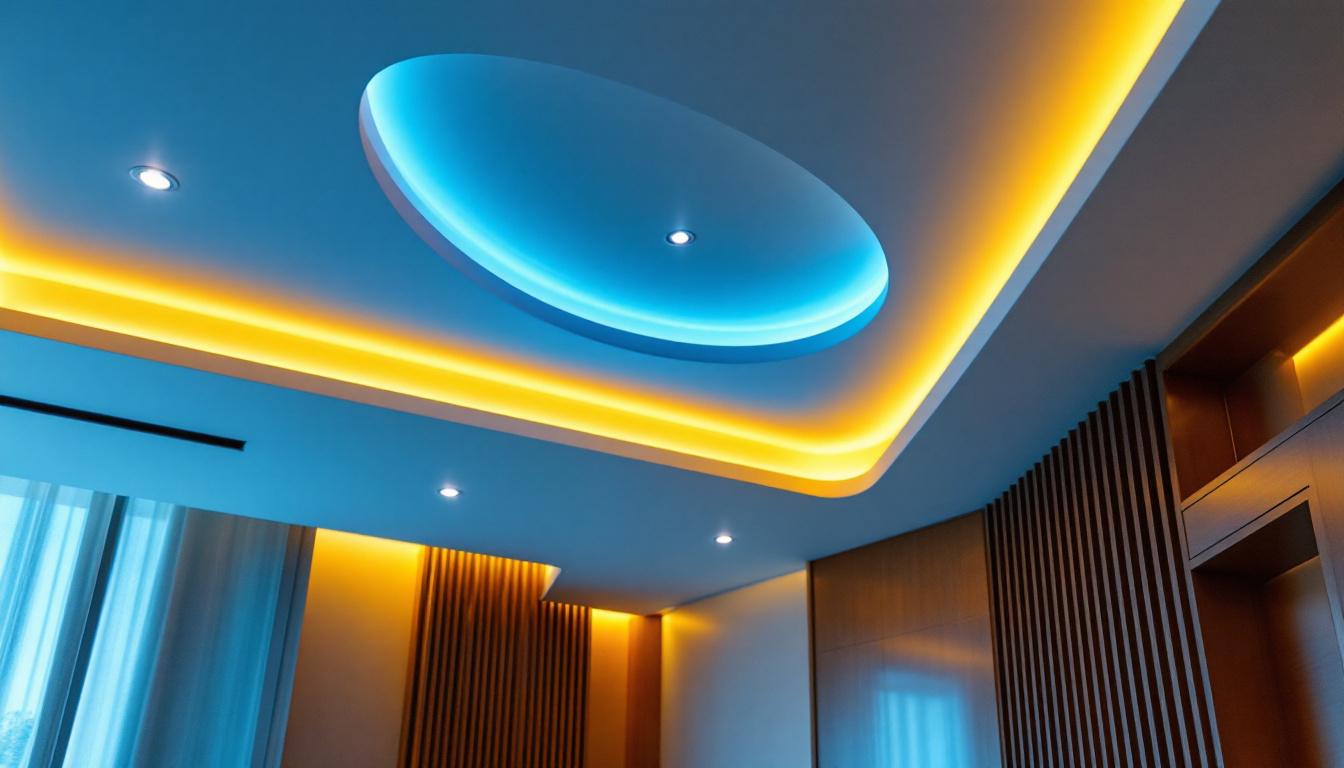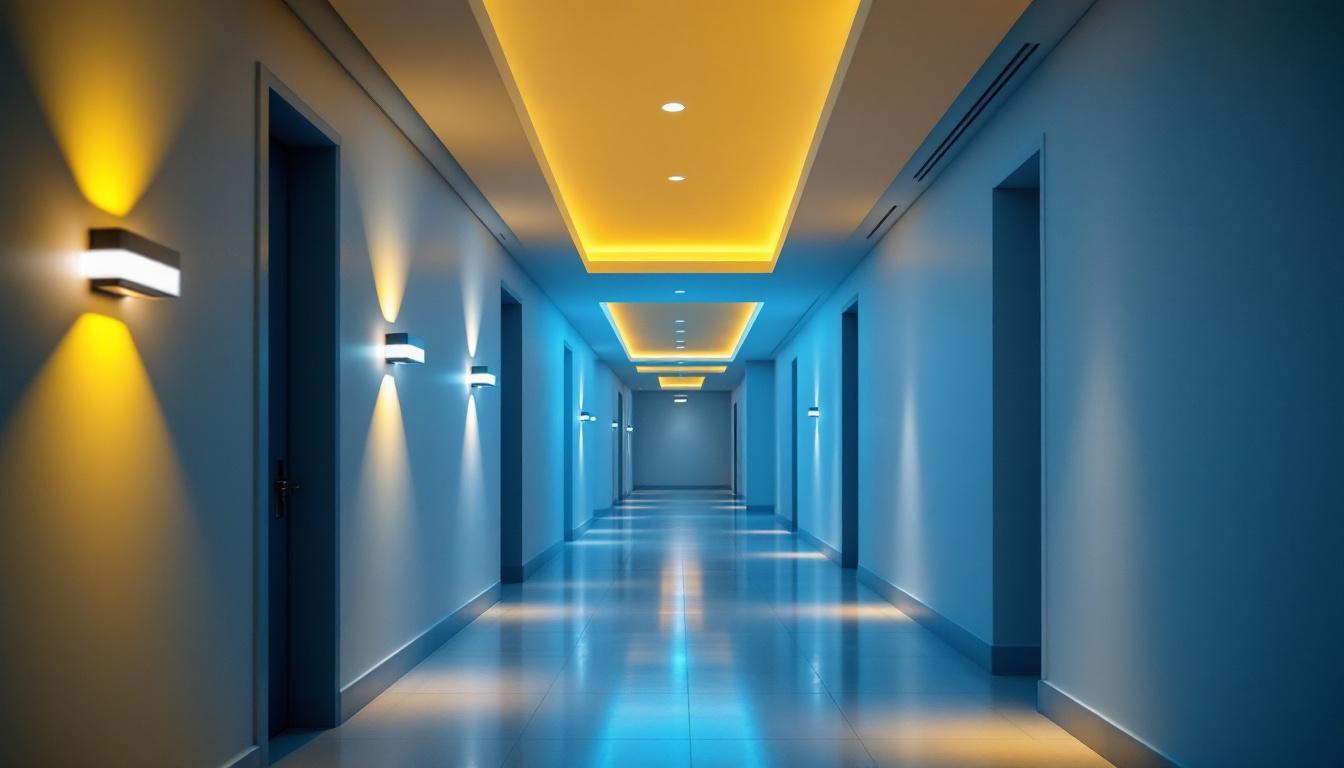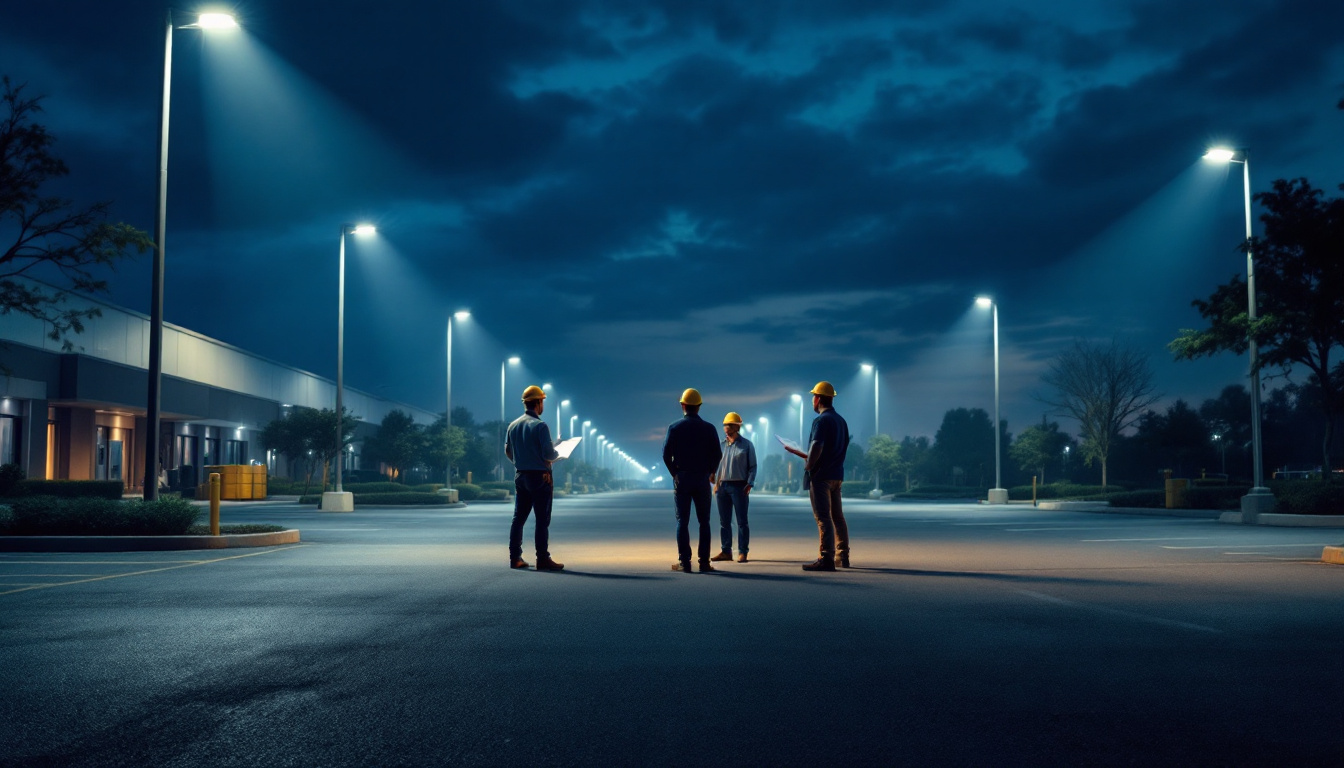
In the realm of video production, particularly when it comes to talking head shots, lighting plays a pivotal role in conveying the right message and mood. The color temperature of the lights used can significantly influence the appearance of the subject, the ambiance of the scene, and ultimately, the viewer’s perception. This guide aims to provide lighting contractors with essential insights into selecting the best color temperature for talking head shots, ensuring that every project shines with professionalism and clarity.
Color temperature is a characteristic of visible light that describes the warmth or coolness of a light source. Measured in Kelvin (K), it indicates how “warm” (yellow/red) or “cool” (blue) the light appears. Lower Kelvin values (around 2000K-3000K) produce warmer light, while higher values (5000K-6500K) yield cooler light. Understanding this spectrum is crucial for lighting contractors who aim to create the desired atmosphere in their video productions. The concept of color temperature originates from the behavior of heated objects, where the color of the light emitted changes as the temperature increases. This phenomenon is often illustrated through the use of a black body radiator, which emits light that shifts from red to blue as it heats up, providing a visual representation of how color temperature works in practical applications.
The choice of color temperature can affect not only the aesthetic quality of the video but also the emotional response of the audience. Warm light can evoke feelings of comfort and intimacy, making it suitable for interviews or personal stories. Conversely, cooler light can create a more professional and sterile environment, which may be appropriate for corporate settings or educational content. Therefore, selecting the right color temperature is essential for achieving the intended tone and message. Additionally, different skin tones can react uniquely to various color temperatures, which is why lighting contractors must consider the diversity of their subjects. A warm light might enhance the natural glow of darker skin tones, while cooler light may provide a more even illumination for lighter skin tones, making it imperative to tailor the lighting setup to the specific needs of the individuals being filmed.
When working with talking head shots, lighting contractors typically operate within specific color temperature ranges. Here are some common categories:
In addition to these standard ranges, it’s worth noting that certain lighting equipment allows for adjustable color temperatures, giving filmmakers the flexibility to adapt to changing environments or creative visions. For instance, LED lights often come with color temperature controls, enabling users to shift from warm to cool tones seamlessly. This adaptability is particularly beneficial in dynamic shooting situations, such as interviews conducted in natural light, where the color temperature can fluctuate throughout the day. By mastering the nuances of color temperature, lighting professionals can elevate their productions, ensuring that every frame resonates with the intended emotional impact.
When determining the appropriate color temperature, it is essential to consider the context of the video. For example, if the talking head is delivering a heartfelt message, a warmer light can enhance the emotional connection with the audience. On the other hand, if the subject is presenting technical information, a cooler light may help convey clarity and professionalism. Additionally, the setting in which the video is filmed can also influence the choice of color temperature. A cozy, intimate environment may benefit from softer, warmer tones, while a corporate office setting might call for a more neutral or cooler light to project a sense of authority and trustworthiness.
The skin tone of the subject also plays a crucial role in selecting the right color temperature. Different skin tones react differently to various lighting conditions. For instance, warmer lights can enhance the natural glow of warmer skin tones, while cooler lights may suit those with cooler undertones. Conducting tests with different temperatures can help in finding the perfect balance that flatters the subject. Furthermore, it’s important to consider the makeup used on the subject, as certain products may reflect light differently under varying color temperatures. A well-balanced approach that takes into account both skin tone and makeup can significantly enhance the overall visual appeal of the shot.
Modern lighting equipment often allows for adjustable color temperatures. LED lights, for instance, can be tuned to various Kelvin values, providing flexibility in achieving the desired look. However, it is important to ensure that all lights used in the setup have the same color temperature to maintain consistency across the shot. Mixing different color temperatures can lead to unnatural skin tones and distract from the subject’s message. Additionally, using diffusion materials can help soften the light and create a more flattering effect, regardless of the color temperature. Experimenting with different lighting angles and intensities can also reveal how shadows and highlights interact with the chosen color temperature, further enhancing the visual storytelling of the video.
Investing in a color temperature meter can be invaluable for lighting contractors. These devices measure the color temperature of light sources accurately, allowing for precise adjustments. By using a meter, contractors can ensure that the lighting setup is consistent and meets the desired specifications for the project.
Gels and filters can be used to modify the color temperature of existing lights. For example, if a contractor is working with a daylight-balanced light but needs a warmer tone, applying a CTO (Color Temperature Orange) gel can effectively shift the color temperature. This technique allows for creative flexibility without the need for additional lighting equipment.
In a talking head setup, it is crucial to balance the ambient light with the key light. The key light is the main source illuminating the subject, while ambient light fills in the shadows. When adjusting the color temperature, ensure that both the key and ambient lights complement each other. This balance will create a more natural look and enhance the overall quality of the video.
In a recent project involving intimate interviews, a lighting contractor opted for a warm color temperature of around 3000K. This choice created a cozy atmosphere that encouraged open dialogue between the interviewer and the subject. The warm light not only flattered the subject’s skin tone but also fostered a sense of trust and connection with the audience.
For a corporate presentation, a contractor selected a cooler color temperature of 5600K. This decision was made to emphasize professionalism and clarity, aligning with the company’s branding. The result was a polished video that effectively communicated the intended message, showcasing the speaker’s expertise and confidence.
In the realm of educational content, balancing various color temperatures became essential. A contractor utilized a neutral white light at 4000K for the key light while incorporating cooler ambient lights at 5000K. This combination created an engaging and informative atmosphere, keeping the focus on the subject while maintaining viewer interest.
One of the most common mistakes lighting contractors make is neglecting to set the correct white balance on their cameras. If the camera’s white balance does not match the color temperature of the lights, the footage can appear unnatural. Always ensure that the camera settings align with the lighting setup to achieve accurate color representation.
Sometimes, in an effort to create a unique look, contractors may overcomplicate the lighting setup with multiple light sources of varying color temperatures. This can lead to confusion and inconsistencies in the final product. Keeping the setup simple, with a clear focus on a cohesive color temperature, often yields better results.
While achieving the desired color temperature during the shoot is crucial, it is also important to remember that post-production adjustments can enhance the final product. However, relying solely on software to correct color imbalances can lead to a loss of quality. Striking a balance between in-camera settings and post-production adjustments is key to achieving professional results.
Lighting contractors play a vital role in the success of video productions, particularly when it comes to talking head shots. Understanding the nuances of color temperature and its impact on the final product is essential for creating engaging and visually appealing content. By carefully considering the context, subject’s skin tone, and utilizing the right equipment, contractors can ensure that their lighting choices enhance the overall quality of the video.
As the industry continues to evolve, staying informed about the latest techniques and technologies in lighting will empower contractors to deliver exceptional results. Whether it’s through experimenting with color gels, utilizing color temperature meters, or learning from successful case studies, there are countless opportunities to refine skills and elevate the standard of talking head productions.
Ultimately, the best color temperature for talking head shots is one that aligns with the project’s goals, resonates with the audience, and showcases the subject in the best possible light. With the insights provided in this guide, lighting contractors can confidently approach their next project, knowing they have the tools and knowledge to create stunning visual narratives.
Ready to take your lighting game to the next level? At LumenWholesale, we provide lighting contractors like you with the highest quality, spec-grade lighting products at prices that can’t be beaten. Say goodbye to local distributor markups and hello to a vast selection of reliable lighting solutions that meet the most rigorous industry standards. With free shipping on bulk orders, you can stock up on premium lighting without any hidden fees or compromises. Elevate your talking head shots and every other project with the perfect blend of quality, affordability, and convenience. Discover Wholesale Lighting at the Best Value today and make every frame shine with LumenWholesale.

Discover the ultimate resources lighting contractors rely on to seamlessly transition from fluorescent to LED bulbs.

Discover the essential insights into recessed ceiling lighting as we address lighting contractors’ most frequently asked questions.

Explore the pros and cons of hallway recessed lighting compared to alternative options.

Discover how LED parking lot lights can transform your business operations as a lighting contractor.